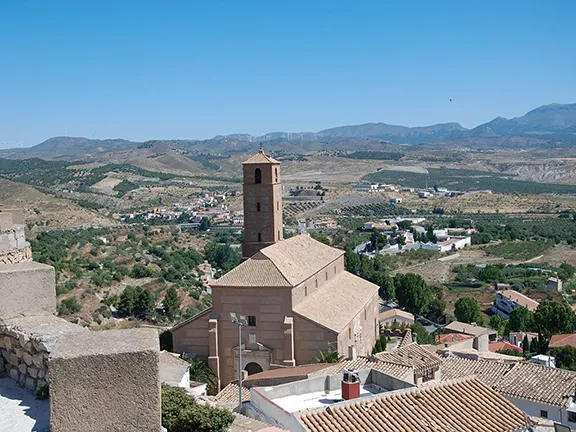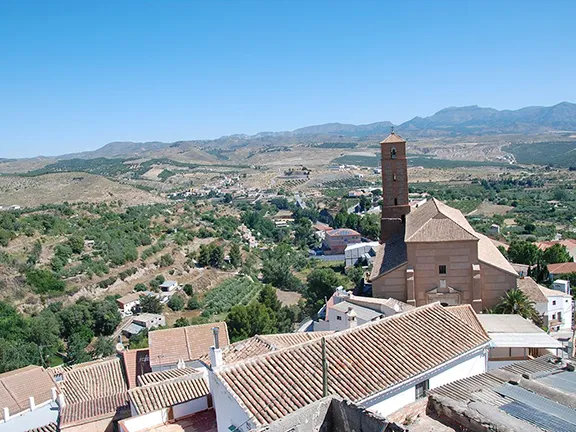Seron castle occupies a strategic position towards the top of the Almanzora valley with commanding views into Granada, down the Almanzora valley and over the Sierra de las Enstancias
By Nick Nutter | Updated 4 Jun 2023 | Almería | Places To Go |
Login to add to YOUR Favourites or Read Later


Castillo de Seron
Overlooking the white village of Serón, on the northern flanks of the Sierra de los Filabres, in the valley of the Almanzora river, is the 13th century castle of Castillo de Serón. The castle occupies a strategic position towards the top of the Almanzora valley with commanding views into Granada, down the Almanzora valley and over the Sierra de las Enstancias. For this reason, it became one of the key fortresses during the Nazrid era, of the Muslim occupation of al-Andalus, forming part of the line of defences of the Emirate of Granada against Christian incursions from the east from the 13th century until the reconquest in the late 15th century.


Seron from the castle
Despite its strategic position, the castle saw little action during the reconquest period. However, after the reconquest, which occurred for Seron in 1489, during the First War of the Alpujarras, between 1568 and 1571, the castle came into its own.


Castillo de Seron ramparts
In July 1569, the Moors, commanded by Aben Humeya, took over the town of Serón. They slaughtered all males over the age of 12 years and took the females captive and then took refuge in the castle.


Seron from the castle
It was not until the 19th February 1570 that Christian forces, led by the infamous Don Juan de Austria, arrived to attempt to retake the town and castle. His forces occupied the town, looted it and raped many of the women. Don Juan then laid siege to the castle. The town was relieved by 6,000 Moors who took a grim revenge on the Christian troops. Don Juan himself was wounded during his only defeat of the campaign.


Neo-Mudejar clock tower
A few days later, on the 28th February, an army of eight thousand Castilian infantrymen, five hundred cavalry and fifteen hundred harquebusiers (mounted troops armed with muskets) arrived in Serón. The Moors, severely outnumbered, burned the castle and the town and fled into the nearby mountains.
The castle was severely damaged and, over the years, deteriorated further until only one wall remained. It was restored, in effect rebuilt, during the late 20th century. Today the original outline of the castle can be seen, an irregular quadrilateral, with a number of towers and a small keep. The original cistern, used to store water for the garrison, is at the foot of a neo-Mudejar style clock tower that was built in the 19th century.
Unfortunately, the restoration did not faithfully follow the original plan of the castle. However, a visit is worthwhile if only for the views and to gain an appreciation of the formidable array of castles and fortified towers that were built in this area during the Nazrid period, some of which are visible from the ramparts of Castillo de Serón.